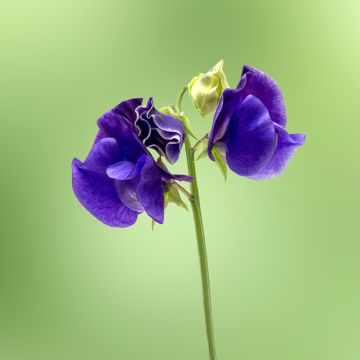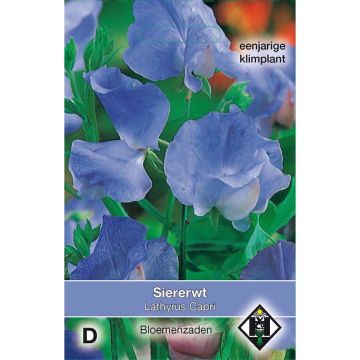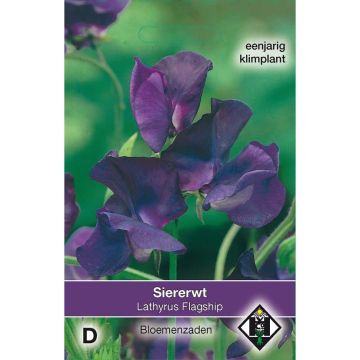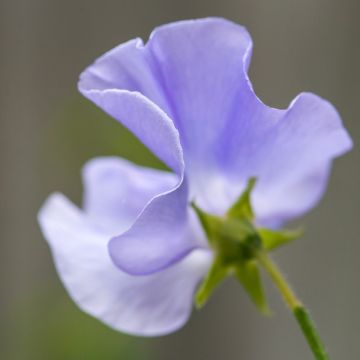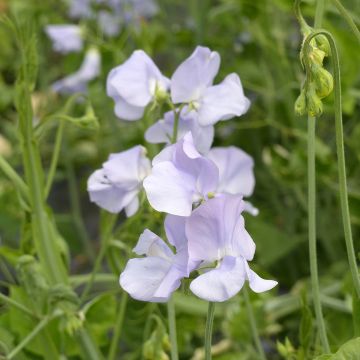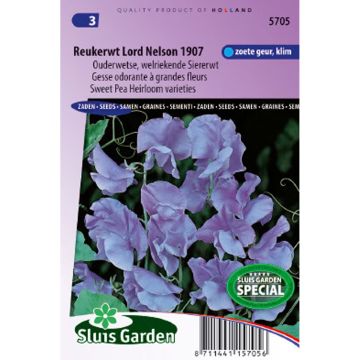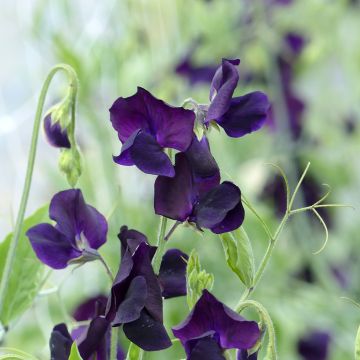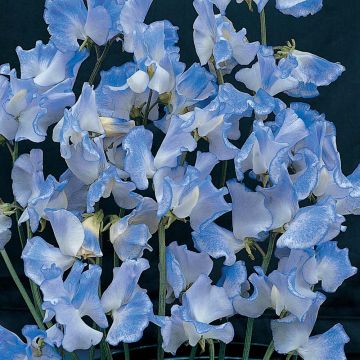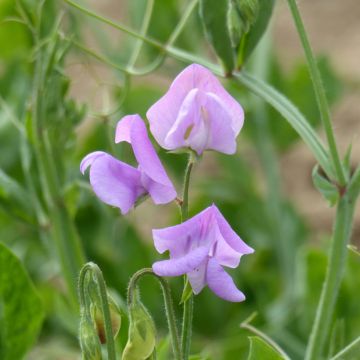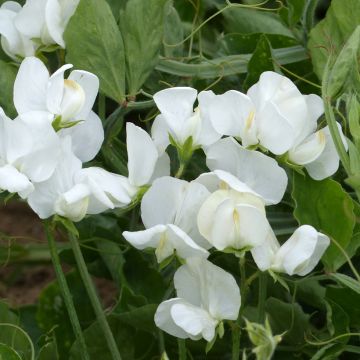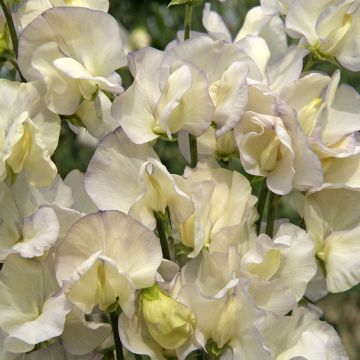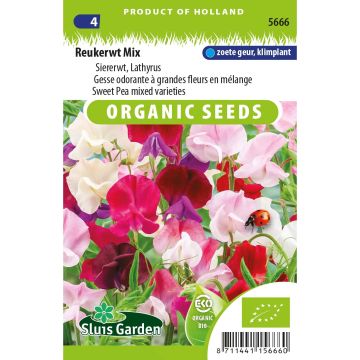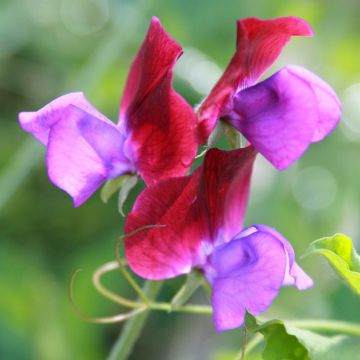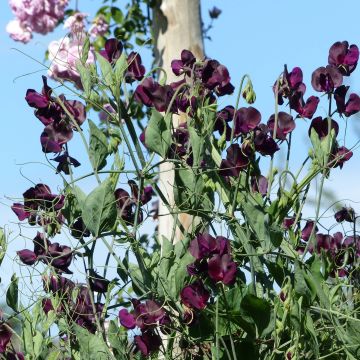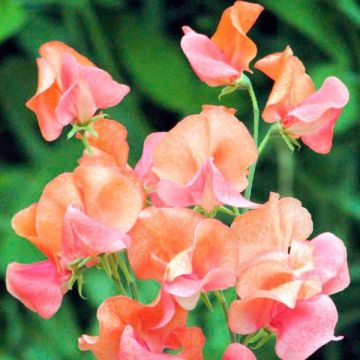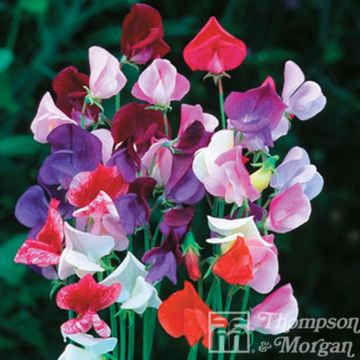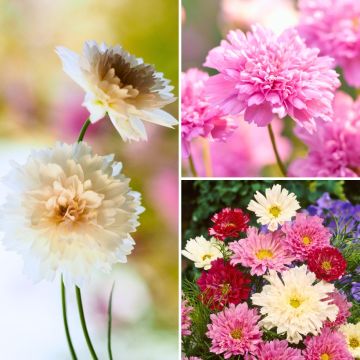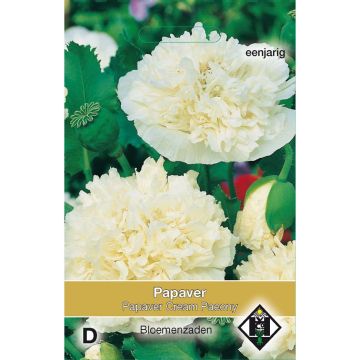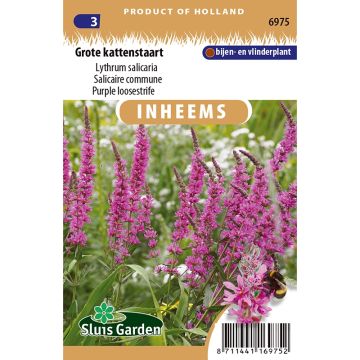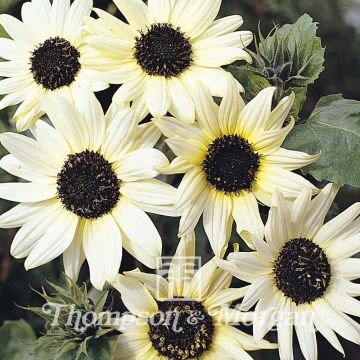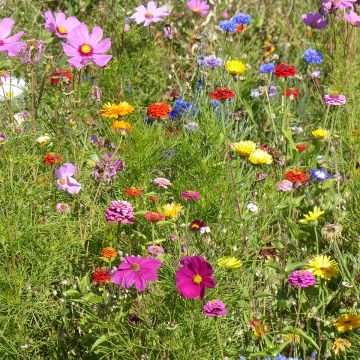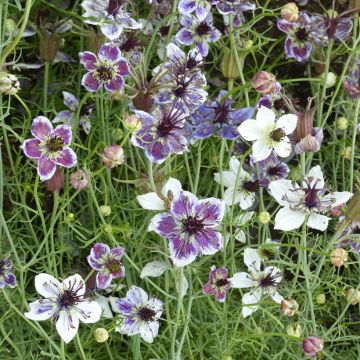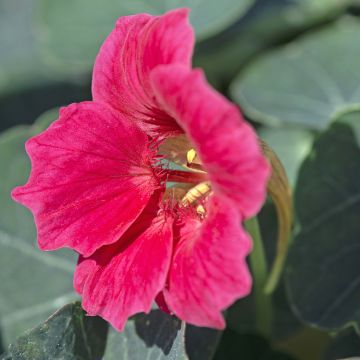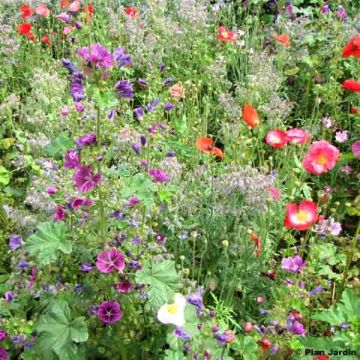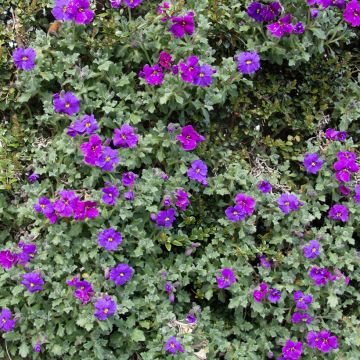Shipping country and language
Your country of residence may be:
Your country of residence is:
For a better user experience on our website, you can select:
Your shipping country:
Andorra
Austria
Belgium
Bulgaria
Canada
Chile
Croatia
Cyprus
Czechia
Denmark
Estonia
Finland
France
Germany
Greece
Hungary
Iceland
Ireland
Italy
Latvia
Lithuania
Luxembourg
Malta
Monaco
Netherlands
Poland
Portugal
Romania
Slovakia
Slovenia
Spain
Sweden
Switzerland
United Kingdom
We only deliver seed and bulb products to your country. If you add other products to your basket, they cannot be shipped.
Language:
French
German
Spanish
English
My Account
Hello
My wish lists
Plantfit
Log in / Register
Existing customer?
New customer?
Create an account to track your orders, access our customer service and, if you wish, make the most of our upcoming offers.
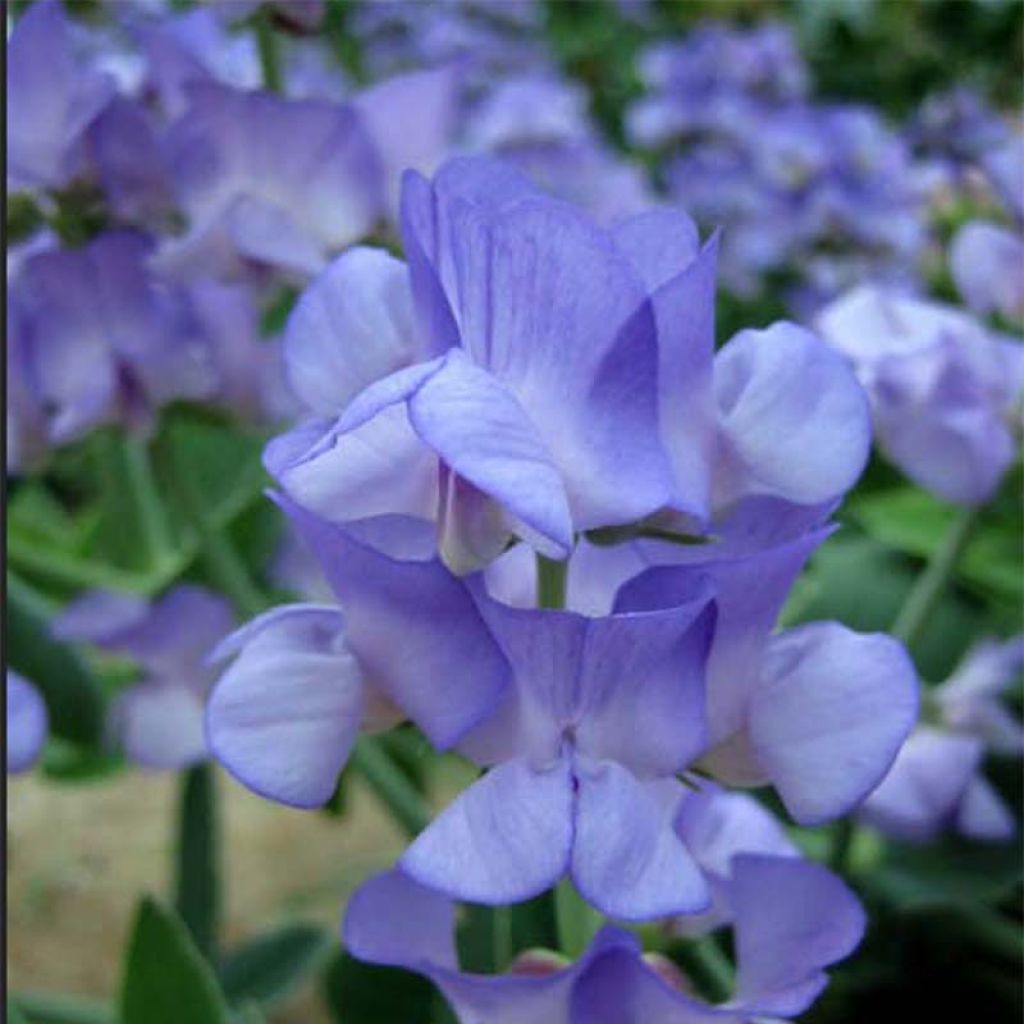

Graines de Pois de senteur bleu de Lord Anson - Lathyrus nervosus Lord Anson's Pea
Lathyrus nervosus - Lord Anson's blue pea
Lathyrus nervosus Lord Anson's Pea
Lord Anson's blue pea
Why not try an alternative variety in stock?
View all →Order in the next for dispatch today!
Dispatch by letter from €3.90.
Delivery charge from €5.90 Oversize package delivery charge from €6.90.
More information
This item is not available in your country.
Schedule delivery date,
and select date in basket
This plant carries a 6 months recovery warranty
More information
We guarantee the quality of our plants for a full growing cycle, and will replace at our expense any plant that fails to recover under normal climatic and planting conditions.
Seed-only orders are dispatched by sealed envelope. The delivery charge for seed-only orders is €3.90.
Does this plant fit my garden?
Set up your Plantfit profile →
Description
This adorable blue sweet pea, Lathyrus nervosus Lord Anson's Pea, is more creeping than climbing. It is sublime when in full bloom. It offers masses of lavender-blue flowers with a noticeable fragrance throughout the summer above tough grey-green-blueish foliage. This short-lived perennial forms beautiful cascades overflowing from flower pots and hanging baskets and will extend its blooming arms between the stones of cool rockeries or over walls. It appreciates sunny, well-drained, fertile, and fairly moist soils.
Lathyrus nervosus is a herbaceous plant in the legume family, native to a large geographic area ranging from Argentina to Chile and Uruguay, extending to eastern Brazil. As a result, it shows significant variations in habit, hardiness, and other characteristics. These differences seem to persist in cultivated plants. The Lord Anson's Blue selection is a less hardy perennial plant with a bushy and rather creeping habit, weakly climbing, often grown annually in our climates. Its winged stems can reach a length of 1.80m (6ft) in a season. The foliage is very attractive, composed of entire and tough, ovate leaves with a grey-green-blueish colour and a few tendrils that are not inclined to cling. They are often prone to powdery mildew. This plant is very impressive when in full bloom. It offers an abundant flowering of lavender-blue pea-like flowers, quite fragrant. It is followed by forming strongly dehiscent black pods, 6 cm (2in) in length, containing numerous marbled small seeds.
This sweet pea gives its best when given the opportunity to overflow from flower pots, hanging baskets, or the edge of a wall. It can also be trained against a support, but it loses some charm. It is hardy to around -10°C (14°F) in dry soil during winter. It grows well in a cold greenhouse or conservatory, where it can live for over 10 years. It can be combined with other dwarf sweet peas, scarlet climbing morning glory (Ipomoea x multifida), creeping nasturtiums...
Lathyrus nervosus - Lord Anson's blue pea in pictures
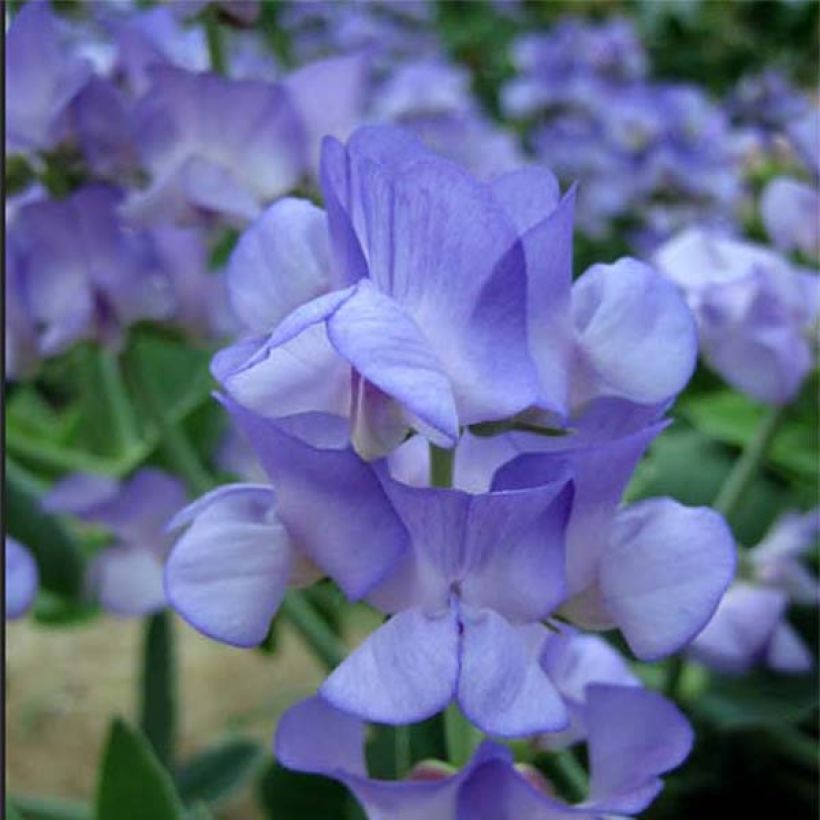

Flowering
Foliage
Plant habit
Botanical data
Lathyrus
nervosus
Lord Anson's Pea
Fabaceae
Lord Anson's blue pea
Cultivar or hybrid
Other Sweet Pea seeds
Planting and care
In cultivation, Lathyrus nervosus appreciates cool summers and some protection against excessive winter humidity. In its natural habitat, it is known to be a short-lived perennial and may, therefore, need to be replaced regularly, although some plants can live for more than 10 years under optimal conditions.
Sowing in February will yield plants that flower in mid-June in a greenhouse approximately 18 weeks from germination. The small seeds have a hard coat and germinate more quickly if the coat is nicked with a small knife before sowing. If the seeds are sown indoors in January or February, the plants will flower in the first year, but it is preferable to sow them in summer for a much more generous flowering the following year. The young plants will overwinter in a cold greenhouse or a cool and bright room.
Cultivation advice:
Grow the young plants in a cool and bright room until they are large enough to be transplanted outdoors. Pinch the tips of the shoots while the plants are still small to promote bushy growth. Plant in any fertile, well-drained soil in full sun or partial shade. When planting, incorporate plenty of organic matter into the soil, such as well-rotted manure or mature compost. Tie the stems to a suitable support, such as a trellis or wire mesh. Or let nature take its course. Caution: The seeds are toxic if consumed.
Sowing period
Intended location
This item has not been reviewed yet - be the first to leave a review about it.
Flower seeds
Haven't found what you were looking for?
Hardiness is the lowest winter temperature a plant can endure without suffering serious damage or even dying. However, hardiness is affected by location (a sheltered area, such as a patio), protection (winter cover) and soil type (hardiness is improved by well-drained soil).

Photo Sharing Terms & Conditions
In order to encourage gardeners to interact and share their experiences, Promesse de fleurs offers various media enabling content to be uploaded onto its Site - in particular via the ‘Photo sharing’ module.
The User agrees to refrain from:
- Posting any content that is illegal, prejudicial, insulting, racist, inciteful to hatred, revisionist, contrary to public decency, that infringes on privacy or on the privacy rights of third parties, in particular the publicity rights of persons and goods, intellectual property rights, or the right to privacy.
- Submitting content on behalf of a third party;
- Impersonate the identity of a third party and/or publish any personal information about a third party;
In general, the User undertakes to refrain from any unethical behaviour.
All Content (in particular text, comments, files, images, photos, videos, creative works, etc.), which may be subject to property or intellectual property rights, image or other private rights, shall remain the property of the User, subject to the limited rights granted by the terms of the licence granted by Promesse de fleurs as stated below. Users are at liberty to publish or not to publish such Content on the Site, notably via the ‘Photo Sharing’ facility, and accept that this Content shall be made public and freely accessible, notably on the Internet.
Users further acknowledge, undertake to have ,and guarantee that they hold all necessary rights and permissions to publish such material on the Site, in particular with regard to the legislation in force pertaining to any privacy, property, intellectual property, image, or contractual rights, or rights of any other nature. By publishing such Content on the Site, Users acknowledge accepting full liability as publishers of the Content within the meaning of the law, and grant Promesse de fleurs, free of charge, an inclusive, worldwide licence for the said Content for the entire duration of its publication, including all reproduction, representation, up/downloading, displaying, performing, transmission, and storage rights.
Users also grant permission for their name to be linked to the Content and accept that this link may not always be made available.
By engaging in posting material, Users consent to their Content becoming automatically accessible on the Internet, in particular on other sites and/or blogs and/or web pages of the Promesse de fleurs site, including in particular social pages and the Promesse de fleurs catalogue.
Users may secure the removal of entrusted content free of charge by issuing a simple request via our contact form.
The flowering period indicated on our website applies to countries and regions located in USDA zone 8 (France, the United Kingdom, Ireland, the Netherlands, etc.)
It will vary according to where you live:
- In zones 9 to 10 (Italy, Spain, Greece, etc.), flowering will occur about 2 to 4 weeks earlier.
- In zones 6 to 7 (Germany, Poland, Slovenia, and lower mountainous regions), flowering will be delayed by 2 to 3 weeks.
- In zone 5 (Central Europe, Scandinavia), blooming will be delayed by 3 to 5 weeks.
In temperate climates, pruning of spring-flowering shrubs (forsythia, spireas, etc.) should be done just after flowering.
Pruning of summer-flowering shrubs (Indian Lilac, Perovskia, etc.) can be done in winter or spring.
In cold regions as well as with frost-sensitive plants, avoid pruning too early when severe frosts may still occur.
The planting period indicated on our website applies to countries and regions located in USDA zone 8 (France, United Kingdom, Ireland, Netherlands).
It will vary according to where you live:
- In Mediterranean zones (Marseille, Madrid, Milan, etc.), autumn and winter are the best planting periods.
- In continental zones (Strasbourg, Munich, Vienna, etc.), delay planting by 2 to 3 weeks in spring and bring it forward by 2 to 4 weeks in autumn.
- In mountainous regions (the Alps, Pyrenees, Carpathians, etc.), it is best to plant in late spring (May-June) or late summer (August-September).
The harvesting period indicated on our website applies to countries and regions in USDA zone 8 (France, England, Ireland, the Netherlands).
In colder areas (Scandinavia, Poland, Austria...) fruit and vegetable harvests are likely to be delayed by 3-4 weeks.
In warmer areas (Italy, Spain, Greece, etc.), harvesting will probably take place earlier, depending on weather conditions.
The sowing periods indicated on our website apply to countries and regions within USDA Zone 8 (France, UK, Ireland, Netherlands).
In colder areas (Scandinavia, Poland, Austria...), delay any outdoor sowing by 3-4 weeks, or sow under glass.
In warmer climes (Italy, Spain, Greece, etc.), bring outdoor sowing forward by a few weeks.
